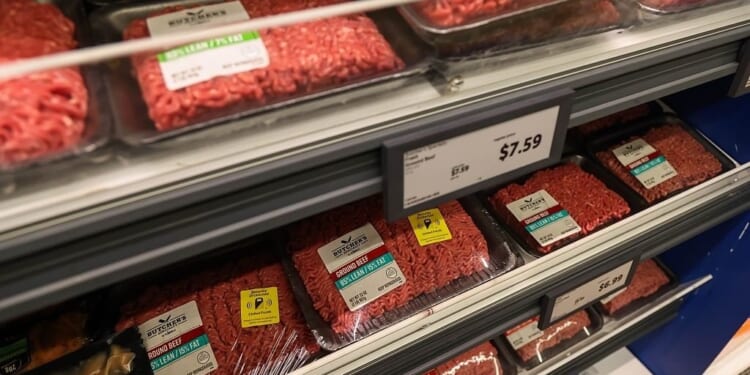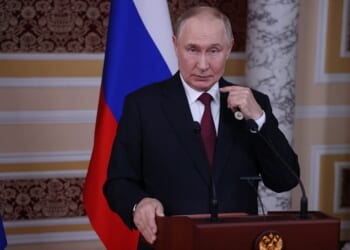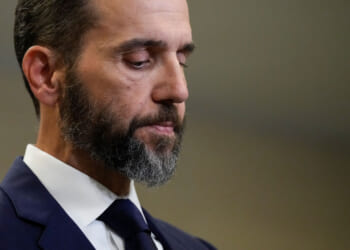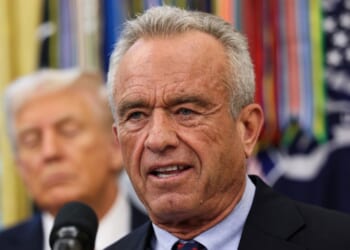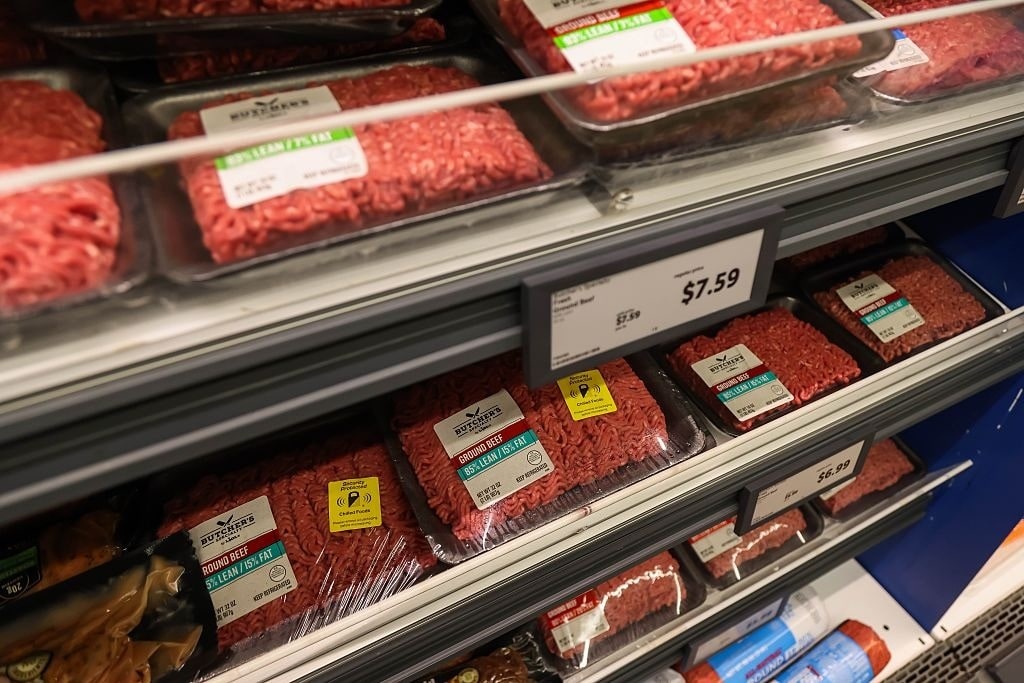
He says he is “working magic,” and he may need it.
Americans struggling with grocery budgets will have noticed that the cost of beef has been particularly high. The Trump administration inherited the problem of elevated meat and grocery prices, which had been exacerbated by broad inflation during the Biden administration. Numerous pressures have pushed steak and hamburger prices to new highs. President Trump recently proclaimed he is “working magic” to bring down the costs, but he may need more than a wizard’s wand to tame the causes.
Why Beef Is So Costly
The USDA reports that the US cattle herd is the smallest it has been since 1951. Persistent drought over several years decimated cow herds, as farmers shipped beef to slaughter due to a lack of water and feed. Hay crops withered, and pastures didn’t grow without adequate rainfall.
Yet, the national herd had been dwindling long before the drought struggles. Farmers have disappeared as profits have been squeezed by industry consolidation, processing monopolization, and rising input and land costs. For decades, large corporate monopolies have skewered ranchers for short-term gains. No farmers, no food.
Typically, when commodity prices surge, consumers respond by reducing or shifting their demand. The opposite has occurred for beef markets, particularly for organic and grass-fed products. More evidence shows that red meat is actually very healthy after years of misinformation that it causes heart disease. Young Americans want steaks and burgers to accompany their greens and eggs (now considered a “superfood”).
Cattle Tariffs Play a Role
The Trump administration’s tariffs on Brazil and Argentina have increased the costs of importing beef. Mexican cattle imports have been halted due to concerns about the New World Screwworm.
All of these pressures drive up prices for live cattle to meet demand, which causes many ranchers to sell their breeding animals, further depleting the national herd and future domestic production capacity. Cows cannot be churned out like factory goods, generally only having one calf per gestation, and taking much longer to raise for market than swine or poultry.
Corporate greed has taken a toll on both the consumer and the farmer sides of the beef affordability equation. Tyson Foods and Cargill have settled a class action lawsuit for $87.5 million (pending court approval) in a case alleging price fixing by these processors. The class of consumer claimants includes all those who indirectly purchased certain beef products for consumption between August 1, 2014, and December 31, 2019.
Hamburgers Ain’t Eggs
Responding to voter angst over these rising costs, President Trump appears to be repeating his success in lowering egg prices earlier in 2025 when that favorite food suffered similar market struggles. The president recently promised “We are working on beef, ….and that’s going to be coming down pretty soon too. We did something, we worked our magic.”
Unless the POTUS can pull cows out of his hat like magicians do rabbits, that prediction may be somewhat premature. Speculations that he cut a deal for increased Argentinian exports of beef stem from his recent meeting with President Javier Milei at the White House to discuss trade, and remarks by Treasury Secretary Bessent that the US is considering a $20 billion bail-out plan.
Ironically, undermining beef prices may harm profit margins for US ranchers and farmers, prompting more to liquidate cattle. This could shrink available domestic beef yet further, creating a vicious cycle for future beef pricing. The USDA predicts that the national beef herd will begin to rebound in 2026, but it is difficult to rebuild herds in the face of a perfect storm of higher fertilizer, borrowing, and property tax costs.
US Cattle futures had been soaring toward their largest year-to-date gain since 1978 before President Trump dropped the “magic” word: Feeder cattle contracts have been plummeting in panic selling since. Trade negotiations to reduce grocery store prices would be a good win for American diners if the president has some tariff tricks up his sleeve. He could increase quota cattle limits for Argentina, lower the 50% tariff on Brazilian beef, or perhaps open the border to (documented) Mexican cows if the Screwworm scare is passed.
The president has promised to divert tariff receipts to benefit crop farmers, and has now promised to throw a bone to consumers as well in the form of lower beef prices. With the many chains tying down farmers and the US beef herd, Donald Trump will need to be a true Houdini to pull off this magic trick.
Liberty Nation does not endorse candidates, campaigns, or legislation, and this presentation is no endorsement.

